Oxford Direct Services (ODS), which manages 300-plus vehicles providing maintenance services for Oxford City Council, is leveraging Webfleet telematics data to pinpoint the most suitable vehicles to swap for electric models.
The software is also helping to optimise electric vehicle (EV) charging efficiencies and cut fuel use by improving driver behaviour.
Data is being fed via the Webfleet API into Oxford’s fleet reporting database, with outputs used to support learning and evaluation at Energy Superhub Oxford, an ambitious initiative to decarbonise Oxford by 2040.
Owain Pearce, transport manager at Oxford Direct Services, said: “The published ranges of EVs, based on dynamometer testing, can often be lower in ‘real world’ conditions, with load, temperature, terrain and driving behaviour all affecting performance.
“With Webfleet reporting, we can see what daily ‘real world’ mileages are being achieved by both ICE (internal combustion engine) and electric vehicles, along with criteria ranging from road types to standstill times, signposting vehicles’ true EV potential, total cost of ownership and emissions savings.”
Webfleet data will also help ODS plan for the most cost-effective EV charging strategy. Tina Mould, capital programme project manager at Oxford City Council, said: “Drivers returning to our depots at the end of the day might be prone to plug-in immediately - but 4pm to 7pm is usually the most expensive time to charge.
“Webfleet is helping us to educate our team and to predict how many charge points will be needed in the future.”
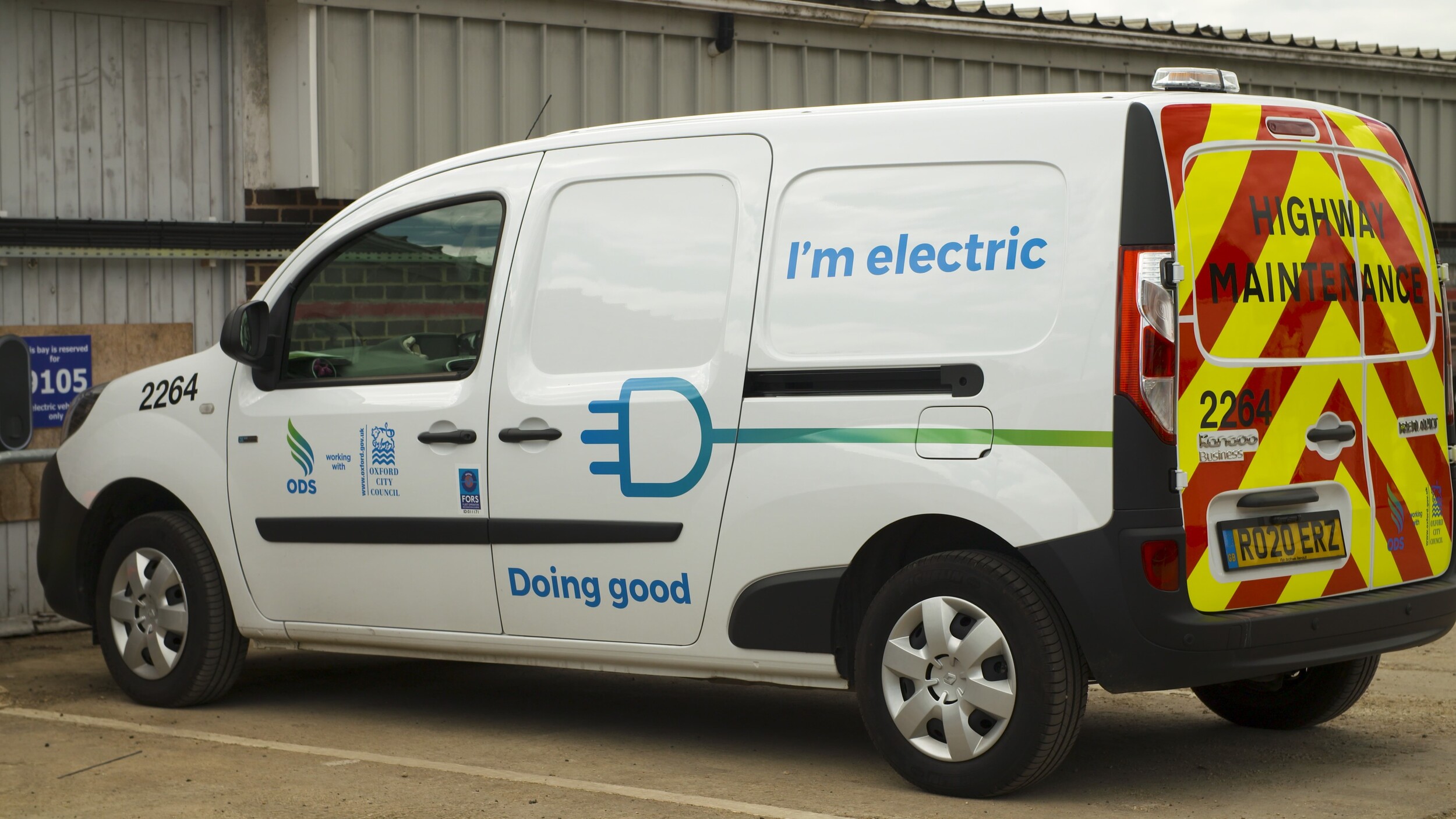
Workflow planning for existing EVs is optimised with real time battery levels, remaining driving ranges and pre-emptive maintenance alerts available for every vehicle within the Webfleet platform.
Fuel usage and CO2 is also being cut through Webfleet’s integral OptiDrive driver behaviour monitoring. “Some of our vans are used by several different drivers in one day,” explained Pearce. “With Webfleet, each driver has to log on and off allowing us to carefully monitor driving behaviour across the team.
“Real time alerts will highlight incidents such as harsh cornering, braking or speeding, while simple traffic light coding will tell us which drivers we need to offer extra support and training to.”
ODS has already purchased 50 electric vehicles for its inner city fleet, including cars, vans, an electric refuse vehicle, a JCB, a sweeper and two tippers. It is aiming to replace at least 25% of its ICE fleet by 2023, with further targets planned for the next few years.
The company has also signed up as an official Webfleet Solutions research partner to help shape the company’s ongoing fleet electrification research and development programme.
The move supports Oxford Council’s commitment to Britain’s first Zero Emission Zone (ZEZ), the pilot for which began yesterday (Monday, February 28) in Oxford. It is hoped the initiative’s success can be replicated by other UK local authorities.
> Interested in comparing electric vehicle data? Check out our EV tool.
> Interested in ensuring the efficient use of EVs. Check out our dedicated editorial sections: Insight & policy | EV news | Charging & infrastructure | Costs & incentives | Benefit-in-kind | EV case studies | EV road tests



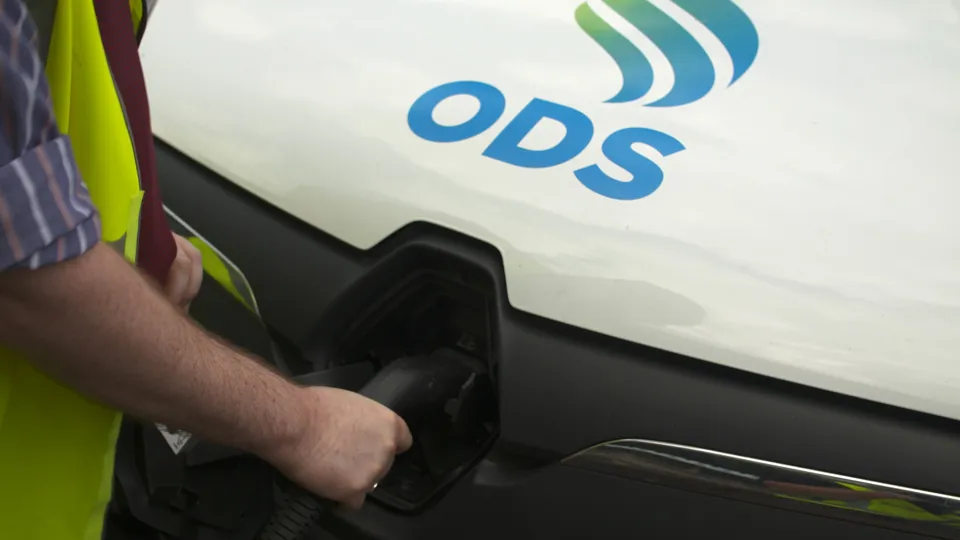














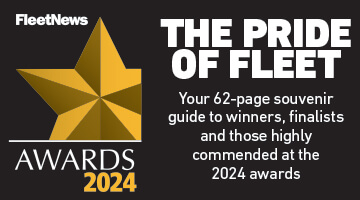
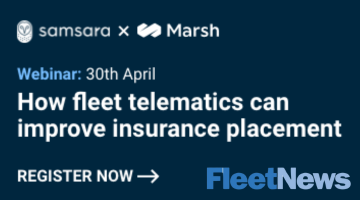
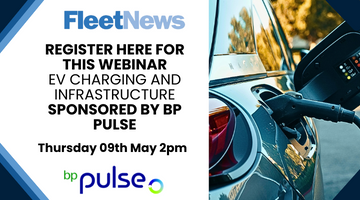
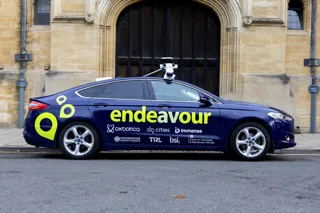
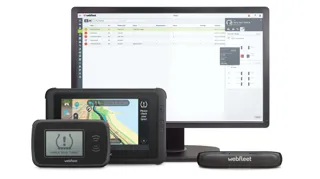
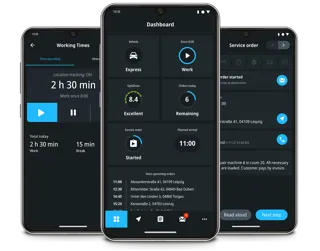
Login to comment
Comments
No comments have been made yet.